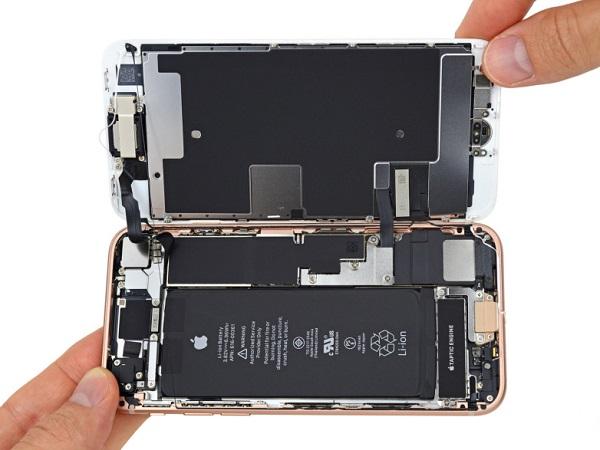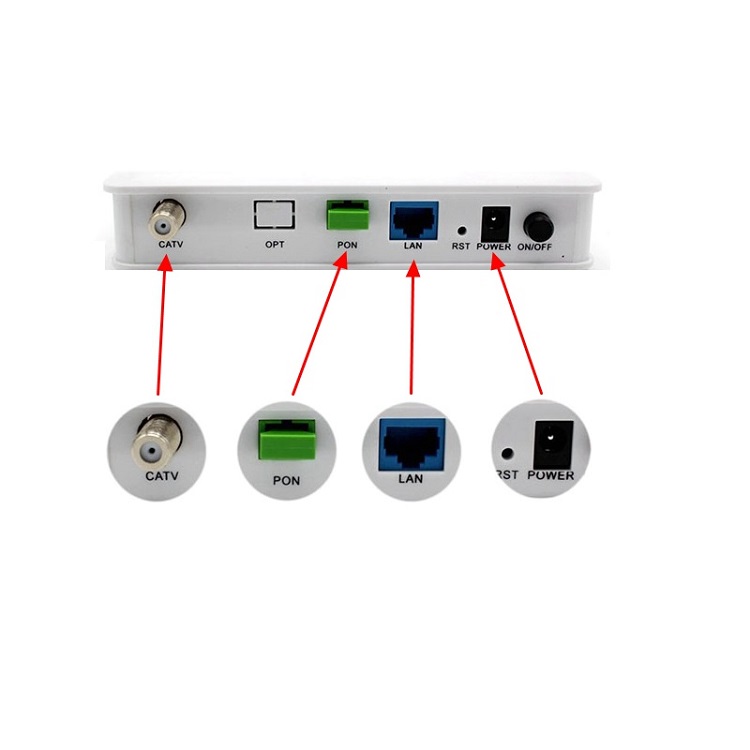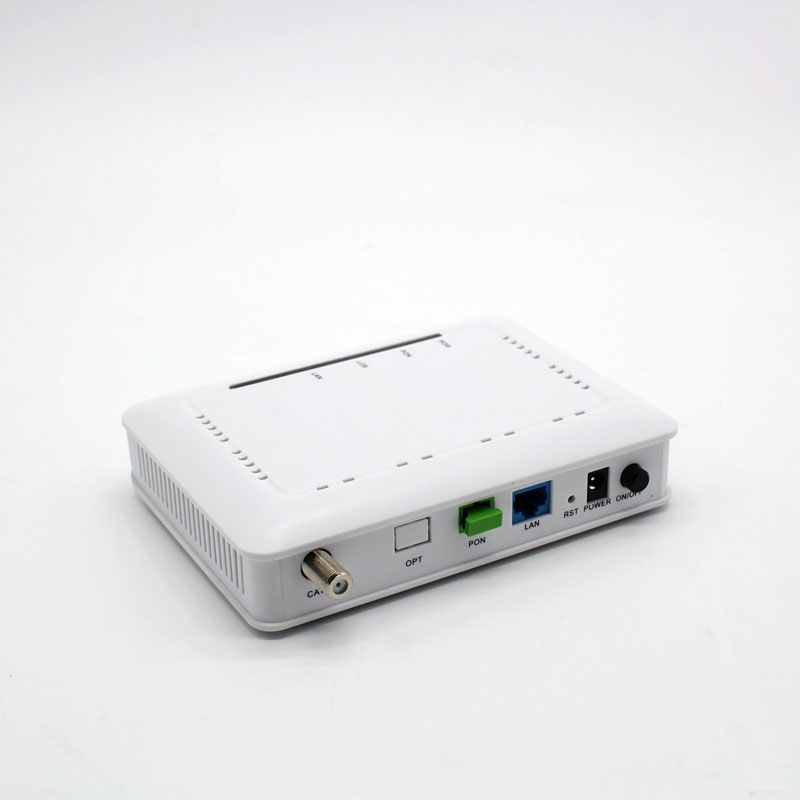Apple's A-series processors have become the industry's benchmark products, but no shots are missed. This year on A11, Apple developed its own GPU and abandoned its previous dependence on Imagination. According to the Nikkei News, Apple is now extending its reach to self-developed notebook CPUs, communication basebands, and touch/fingerprint/screen driver ICs. Previously, Mac notebooks used Intel's processor products, and the baseband of the iPhone came from Qualcomm (part of the non-full Netcom models used in the past two years). As for the touch/fingerprint/screen-driven integrated IC, it is for fingerprint preparation under the screen. .

News Map (Photo from: iFixit)
The notebook processor will be developed using ARM architecture. Apple's advantage lies in years of experience and full control over macOS. However, the disadvantage is that ARM as a reduced instruction set, performance and efficiency compared to x86 natural disabilities, is not a good solution.
As for the baseband, the plug-in is not the mainstream solution in the industry. SoCs that use the AP+BP unified package can further save space and reduce heat. At the same time, the contradiction between them and Qualcomm is increasingly serious, and Intel technology does not give power.
However, the baseband is actually more difficult to do than an ARM-based PC-class processor, but also to 5G, these core patents are in the hands of giants such as Qualcomm, Huawei, Nokia, Ericsson, Intel (Infineon).
Analysts generally believe that Apple's move is to reduce dependence on external vendors, reduce costs and better achieve their own control of AI (artificial intelligence) features.
It is worth noting that, just after the Toshiba NAND chip acquisition war ended, Bain Capital still stands behind Apple. It seems that their ambition is too great.
Ethernet Passive Optical Network (EPON), as the name implies, is a PON technology based on Ethernet. It adopts point-to-multipoint structure, passive optical fiber transmission, and provides multiple services on Ethernet. EPON technology is standardized by the IEEE802.3 EFM working group. In June 2004, the IEEE802.3EFM working group released the EPON standard-IEEE802.3ah (incorporated into the IEEE802.3-2005 standard in 2005). In this standard, the Ethernet and PON technologies are combined, the PON technology is used in the physical layer, the Ethernet protocol is used in the data link layer, and the PON topology is used to realize Ethernet access. Therefore, it combines the advantages of PON technology and Ethernet technology: low cost, high bandwidth, strong scalability, compatibility with existing Ethernet, and convenient management.


EPON RF ONU, CATV PORT ONU, CATV ONU, CATV EPON ONU
Shenzhen GL-COM Technology CO.,LTD. , https://www.szglcom.com